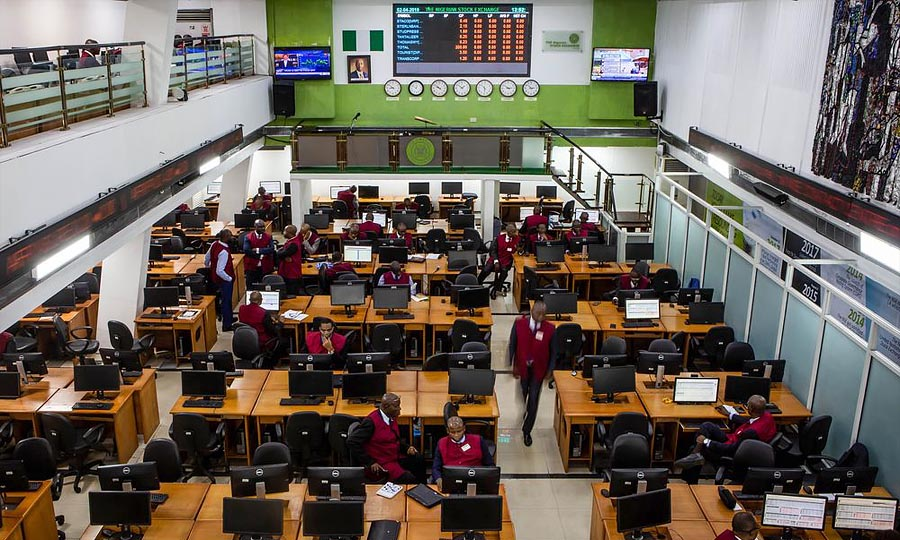*Record solar expansion drives world’s shift away from fossil fuels in H1
Emmanuel Addeh in Abuja
In a historic development, the world’s wind and solar farms have generated more electricity than coal plants, marking a turning point for the global power system, a report by Climate Thinktank, Ember has found.
The report showed that in the first six months of 2025, renewable energy outpaced the world’s growing appetite for electricity, leading to a decline in coal and gas use, with the world generating almost a third more solar power in the first half of the year compared with the same period in 2024.
This meant that it met 83 per cent of the global increase in electricity demand as wind power grew by over 7 per cent, allowing renewables to displace fossil fuels for the first time.
China and India were largely responsible for the surge in renewables, according to the Ember report, in contrast with the US and Europe, which relied more heavily on fossil fuels.
Although still negligible compared to those countries, Nigeria’s solar and renewable energy landscape has grown steadily over the past decade, becoming a major focus for bridging the country’s power deficit.
According to available data, Nigeria receives an average solar irradiation of 4.5–6.5 kWh/m² per day, among the highest in West Africa, making it ideal for off-grid and mini-grid systems.
As of 2025, more than 1,200 MW of solar capacity has been installed, mostly through rural electrification projects, donor-funded initiatives, and private-sector mini-grids.
Programmes such as the Nigeria Electrification Project (NEP), Solar Power Naija, and Beyond the Grid Fund for Africa have expanded solar access, targeting millions of households and small businesses outside the national grid.
Ember is a global energy think tank focused on accelerating the clean energy transition through data and policy analysis. Founded in 2020, it tracks electricity generation, emissions, and renewable energy trends worldwide.
In Nigeria, Ember’s data shows a rapid rise in solar adoption, the country imported about 1.7 GW of solar panels between mid-2024 and mid-2025, becoming Africa’s second-largest solar importer after South Africa. The group’s research highlights that solar power can offset diesel costs within six months, underscoring the growing shift toward renewables amid unreliable grid supply.
The Ember report analysed changes in global electricity generation from January to June 2025 compared with the same period last year to measure the progress of the global clean energy transition, drawing on monthly electricity data from 88 countries representing 93 per cent of global electricity demand and includes estimated changes in the remaining generation.
It also dived deeper into the top four carbon-emitting economies, which together account for 63 per cent of the world’s electricity generation and 64 per cent of global CO2 emissions from the power sector.
“Solar and wind outpaced demand growth in the first half of 2025. Global electricity demand grew by 2.6 per cent (+369 TWh) in the first half of 2025. This increase was more than met by increases in solar (+306 TWh, +31 per cent) and wind (+97 TWh, +7.7 per cent) generation, with solar alone covering 83 per cent of the rise. Hydro fell significantly while bio-energy output dipped slightly, and nuclear rose modestly, while overall fossil generation fell marginally (-0.3 per cent).
“ Solar grew by a record 306 TWh in the first half of 2025. This increased solar’s share in the global electricity mix from 6.9 per cent to 8.8 per cent. China accounted for 55 per cent of global solar generation growth, followed by the US (14 per cent), the EU (12 per cent), India (5.6 per cent)and Brazil (3.2 per cent), while the rest of the world contributed just 9 per cent.
“Four countries generated over 25 per cent of their electricity from solar, and at least 29 countries surpassed 10 per cent, up from 22 countries in the same period last year and only 11 countries in H1-2021,” the Ember report added.
A strong rise in solar, and to a lesser extent wind, it said, led to renewables overtaking coal generation for the first time on record in the first half of 2025.
According to the report, renewables reached 5,072 TWh, while coal generation fell by 31 TWh to 4,896 TWh. As a result, renewables’ share of global electricity rose to 34.3 per cent (from 32.7 per cent), while coal’s share fell to 33.1 per cent (from 34.2 per cent).
Despite global electricity demand rising by 2.6 per cent, it stated that emissions fell slightly by 12 MtCO2 in the first half of 2025.
The milestone represents “a crucial turning point”, according to Małgorzata Wiatros-Motyka, a senior electricity analyst at Ember and the author of the report.
She said: “Solar and wind are now growing fast enough to meet the world’s growing appetite for electricity. This marks the beginning of a shift where clean power is keeping pace with demand growth.”
A separate report by the International Energy Agency (IEA) found that global renewables could more than double by the end of the decade, with 80 per cent of new clean energy capacity expected to come from solar power.
IEA’s Executive Director, Fatih Birol, said: “The growth in global renewable capacity in the coming years will be dominated by solar PV – but with wind, hydropower, bioenergy and geothermal all contributing, too.”
The IEA said China would remain the world’s biggest growth market for renewables, with India emerging as the second largest over the rest of the decade.




